Did you know that in the province of Malaga you can find some of the highest mountains in Andalusia? In general, Malaga is associated with the Costa del Sol, i.e. sun and beach. And in fact, many people are unaware of the real treasures hidden in the interior of the province. Today we take you to discover the highest villages in Malaga.
The highest regions of Malaga
The highest villages of Malaga that we are going to present you are located in Alta Axarquía and the Genal Valley, the highest areas of the province.
Slow travel
You reach all these villages by secondary roads that wind through beautiful natural surroundings with fantastic views. In other words, you can´t reach none of these villages in a hurry.
They are ideal destinations for ‘slow travel’. Make the most of it and stop off in one of the lookout points along the way. Or try the delicious local gastronomy in one of the typical rural inns.
Climate
The climate in the mountains is quite different to the one on the Costa del Sol.
In general, for every 100 metres of altitude it is one degree less. This is something to bear in mind, so you should take some warm clothes with you. However, the sun’s radiation is even more intense. It is therefore always a good idea to take sun protection and a sun hat, even in the cooler months.
The Axarquia, the roof of Malaga
The Axarquia is situated on the eastern Costa del Sol. It is a mountain range formed by the Sierras Tejeda, Almijara and Alhama. It is home to the highest mountain in Malaga, La Maroma, at 2,065 metres above sea level.
Because of this height, you can see the mountain from various points of the province. In winter the rain falls there as snow, which you can seen perfectly from several points of the coast, when you take a walk along the beach.
This mountain range has been inhabited for centuries. Most of the highest villages in Malaga settled on its slopes are small white villages of Arab origin.
Alfarnate
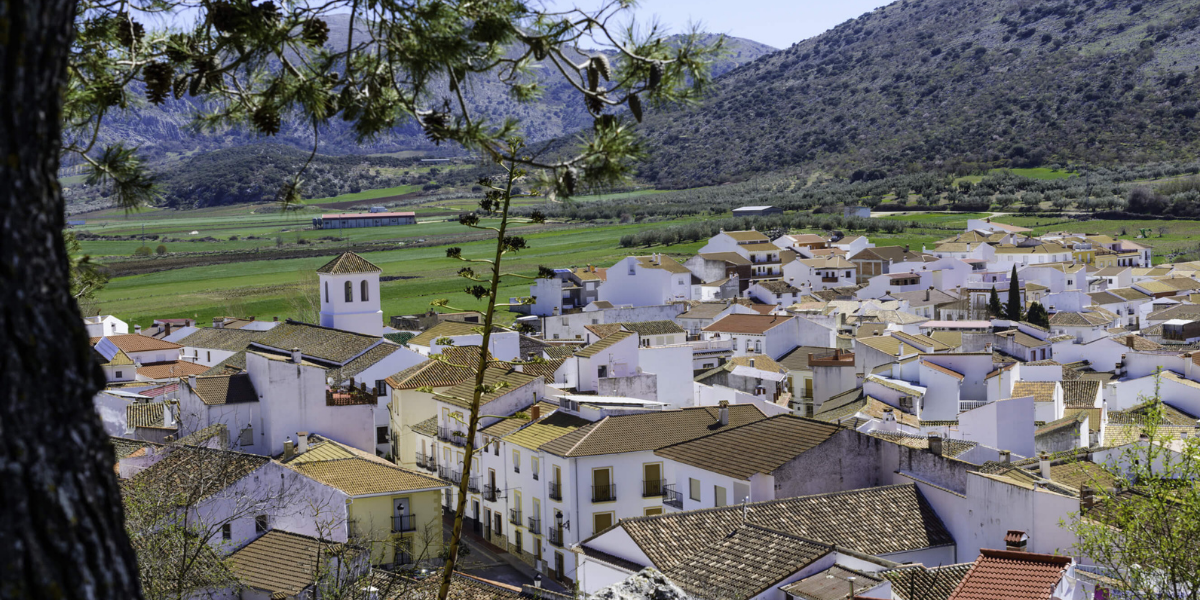
Alfarnate holds the title of highest village in Malaga. It is located 886 metres above sea level and lies on the border between the provinces of Malaga and Granada. Since ancient times it has been used by travellers crossing from one province to the other.
The old Inn where travellers used to spend the night is still preserved. There you can enjoy delicious local cuisine. And at the same time discover artefacts from times gone. Or find out more about the interesting history of this place, as the Inn is now a restaurant-museum.

Alfarnate belongs to the Olive Oil Route. You are a lover of the “liquid gold”? Then stop by the Virgen De Monsalud Cooperative where you can buy extra virgin olive oil.
But if there is one thing Alfarnate is really known for, it is for being the cherry producing village par excellence. There are several events that pay homage to this delicious fruit, such as the Sakura Festival and the Cherry Day.
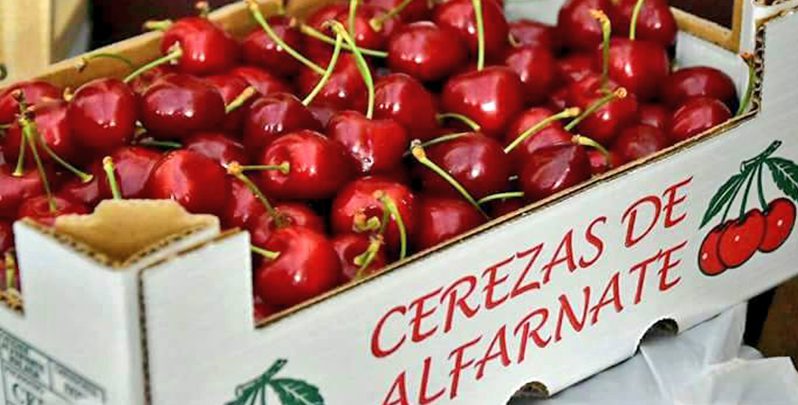
You can find all the information as well as hiking routes in our article dedicated exclusively to Alfarnate.
Alfarnatejo
Situated only 3 km from Alfarnate, is the smaller sister village with a very similar name at 853 metres above sea level.

Touristically this village of less than 400 inhabitants is known as the Pyrenees of the South for its scenery dominated by the Pico Chamizo, a peak of 1,640 m. The scenery is breathtaking scenic, and you can see eagles and hawks flying in the skies.
The village is located on the Olive Oil Route, as is Alfarnate, for its excellent production of extra virgin olive oil.

Alfarnatejo has numerous farmhouses in the surrounding area, including Pulgarín Bajo, an old farm now dedicated to rural tourism where an old oil mill has been preserved, just as it was a century ago, which can be visited as a museum.
Comares

The white village of Comares is situated 703 metres above sea level, on the top of a mountain that dominates a large part of the Axarquia.
Due to this spectacular location it is also known as the Balcony of the Axarquia.

Comares is historically known for the production of oil, wine and almonds, and forms part of the Oil, Wine and Raisin Route.
It has vestiges of its Moorish past, such as the Castle of Comares and the hill of Mazmullar, as well as the remains of streets, houses, buildings and a cistern that was declared a Historic-Artistic Monument in 1931.
The village has a wide range of activities for lovers of active tourism. There are 30 climbing routes and 6 via ferratas. Here you also the longest zip line in Spain on a natural anchor with a 436-metre course and a 115-metre drop.
- You find further information on the Comares tourism website.
There are several easy hiking routes where you can appreciate all the richness of the landscape. One is the Mazmúllar Plateau Route with its archaeological sites, which starts in the village of Comares and returns to it after a walk of just over 3 km.
Another hiking route is the Ruta Fuente Gorda, which borders the village of Comares. On this route you will find places such as the Cueva de la Ventana, the Cueva del Olivo and the Fuente Gorda, which gives its name to the route.
Ronda mountain ranges

Now we go to the northeast of the province of Malaga, specifically to the upper reaches of the Genal Valley located between Serrania de Ronda and Sierra de las Nieves.
The Genal Valley stands out for being an almost unspoilt natural area of great ancient forests and 16 white villages of Arab origin in a unique landscape. Its green and leafy landscape is made up of chestnut and cork trees, rivers and streams.
In autumn this area is known as the Copper Forest because of the beautiful colours of the chestnut trees.
At the end of October and beginning of November, several chestnut-producing villages pay tribute to the chestnuts with gastronomic events dedicated to this fruit.
Cartajima

Cartajima is situated 851 metres above sea level in the Alto Genal. It is the third highest village in the province surrounded by chestnut groves and karst mountains with panoramic views.
The village of less than 230 inhabitants is noted for its large number of drinking water fountains dating back to Arab times.
- In this Wikiloc link you will find an enjoyable short route through the most emblematic fountains of the village.

In the area around Cartajima there are several archaeological sites from different periods. Of Roman origin, are preserved the thermal baths of Cañada del Harife and the necropolis of Cortijo del Ratón.
From arab times stands out the fountain Fuente de los Peces with architectural elements in the Moorish style.
Parauta
The white village of Parauta is also in the Alto Genal, at 812 metres above sea level. This small village of no more than 200 people is surrounded by a leafy chestnut grove and a beautiful natural environment.
On the outskirts of the village is the Enchanted Forest, where elves, fairies, gnomes and other magical beings live among hundred-year-old chestnut trees.
This hiking route is simple but fun, entertaining for the little ones and in a beautiful setting with beautiful scenery.
Pujerra
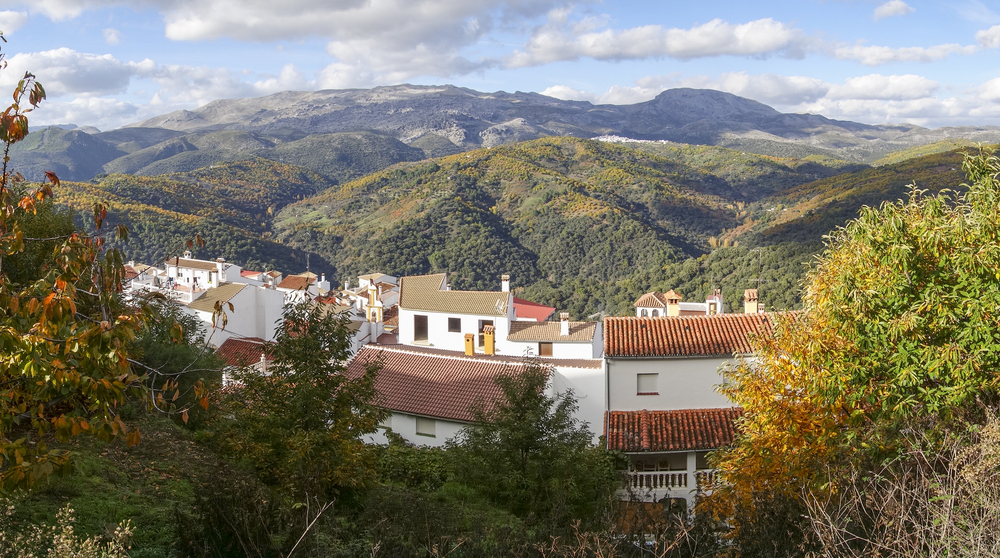
Closing this list, Pujerra is situated at an altitude of 776 metres, also in the Alto Genal and surrounded by chestnut groves.
Due to its location you can enjoy spectacular views of the entire Alto Genal region.

Next to the village there is an easy hiking route to enjoy the spectacular colours of the chestnut trees in autumn, known as the copper forest.
By the way, Pujerra is also a paradise for mushroom picking.
Pujerra also has several viewpoints from where you can see the spectacular scenery of the Alto Genal, such as the Mirador de La Cruz situated in the upper part of the village.
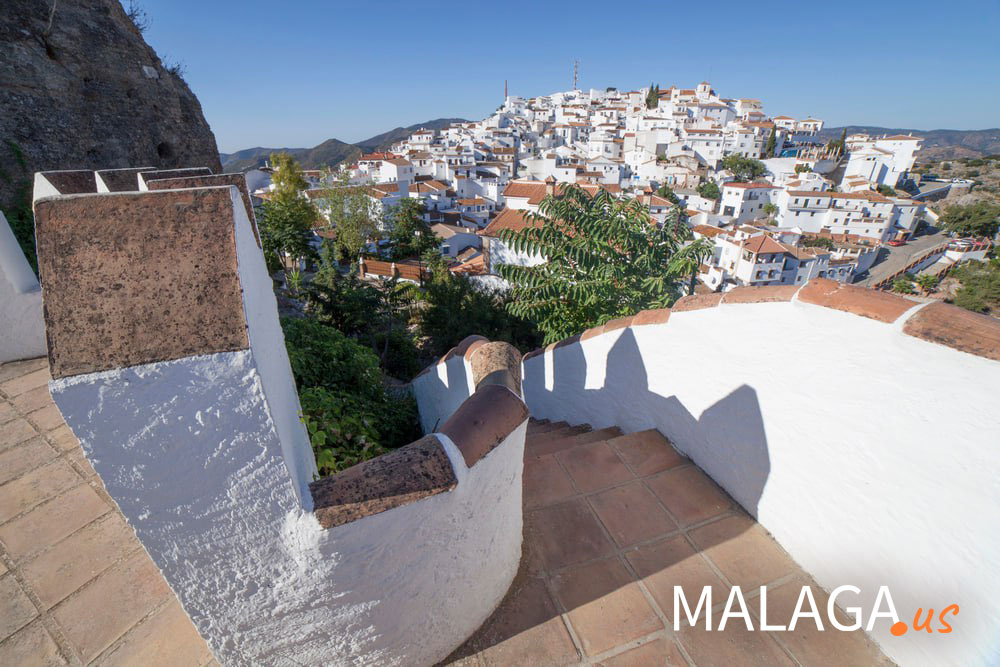



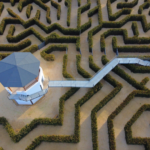





Such a great reminder that Malaga isn’t just about beaches! The villages in the Axarquía and Genal Valley sound like the perfect escape for anyone looking to slow down and enjoy nature. I’m curious, though—are there any local festivals or events in these mountain villages that visitors should look out for?
Thanks for your Feedback! Just scroll through our blog and you´ll find every month an article about popular gastronomic & folkloric events in the province, most of them taking place in a lovely white village.
Love the suggestion of slow travel here — winding roads, lookout points, and local inns are exactly the kind of travel experiences that make a trip memorable. Comares is going on my list!